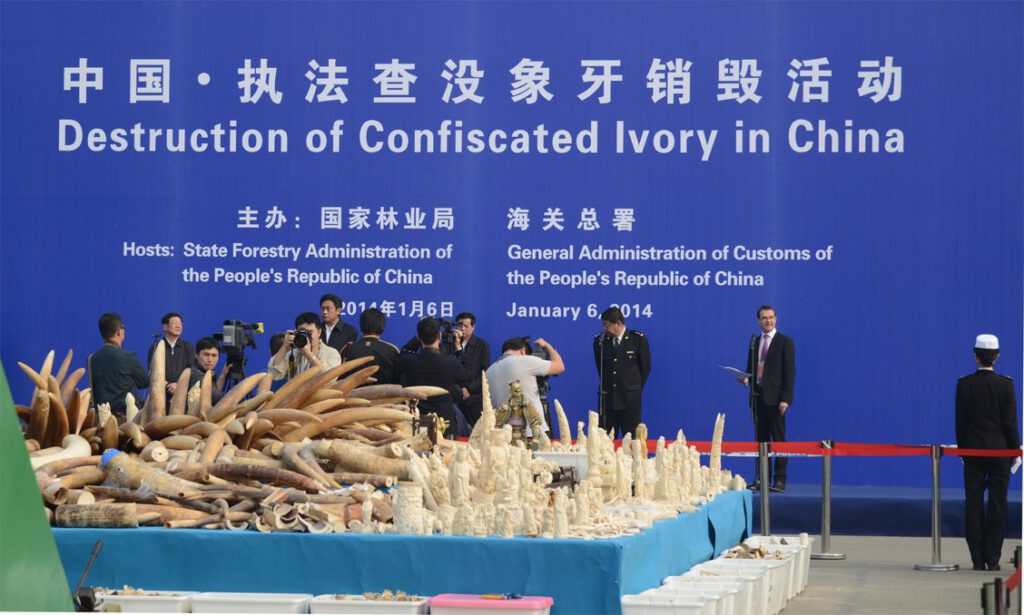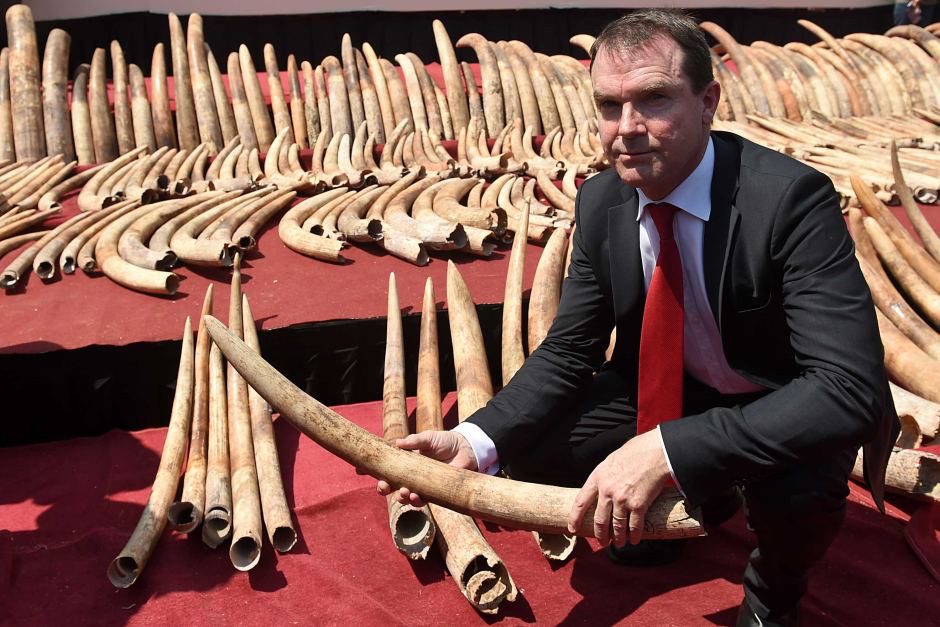Karolina Blasiak Art Advisory Interviews

John Scanlon
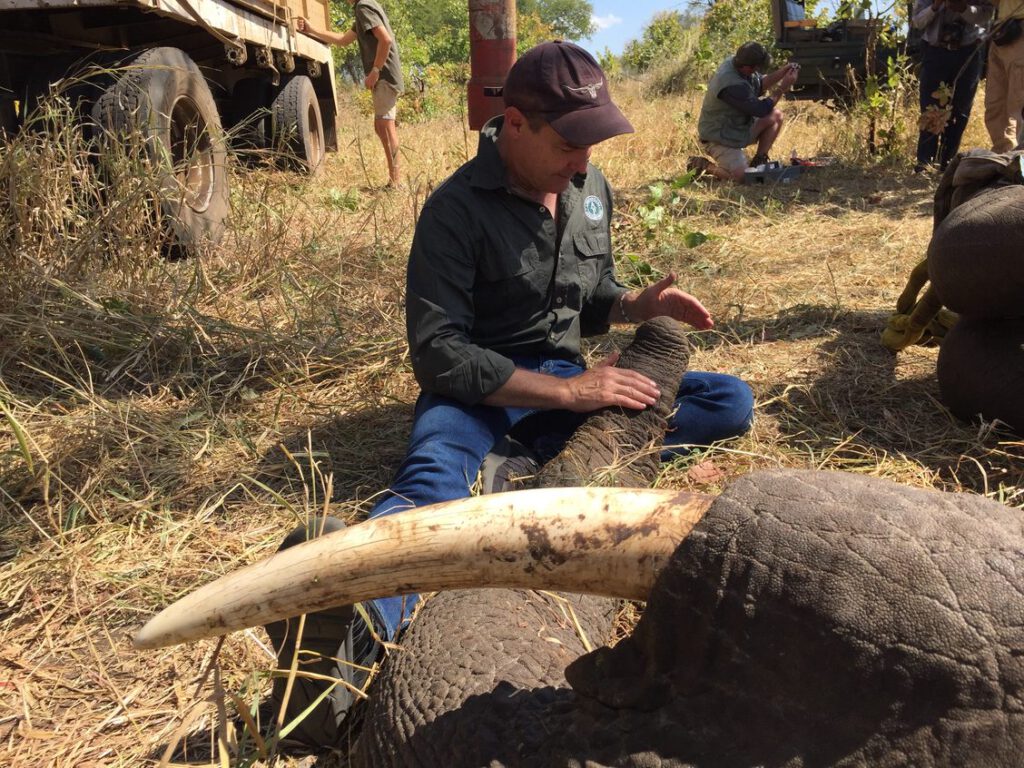
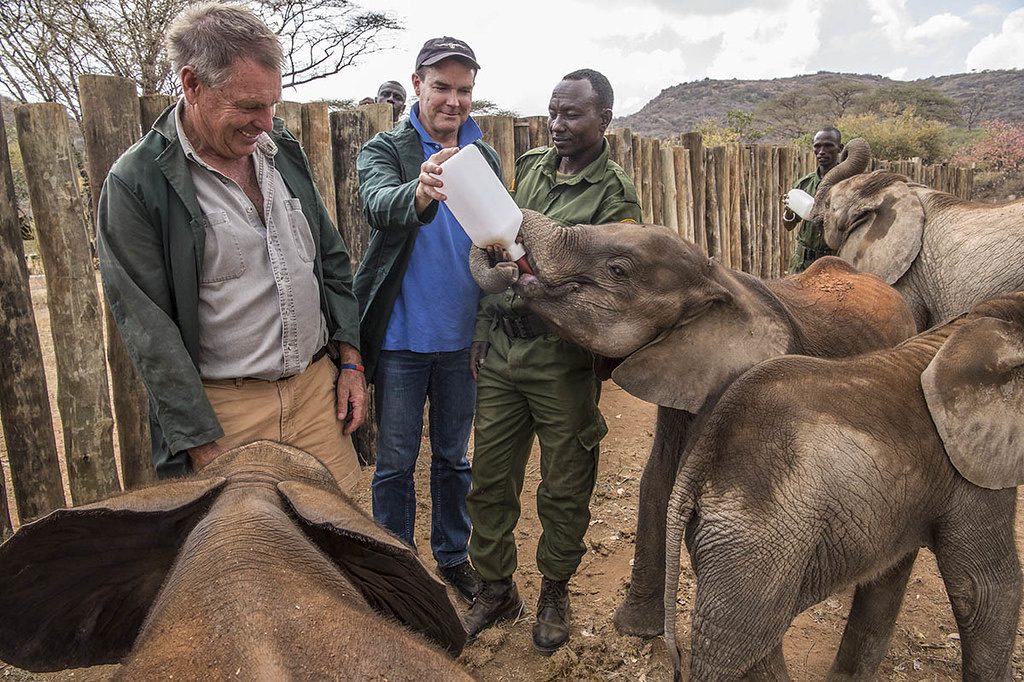
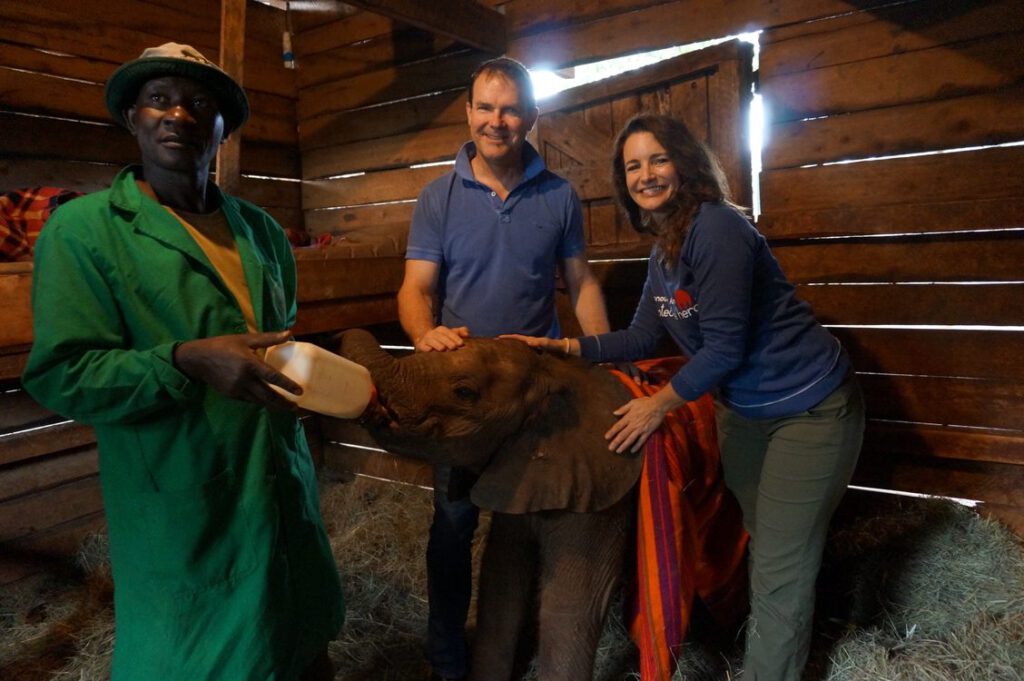
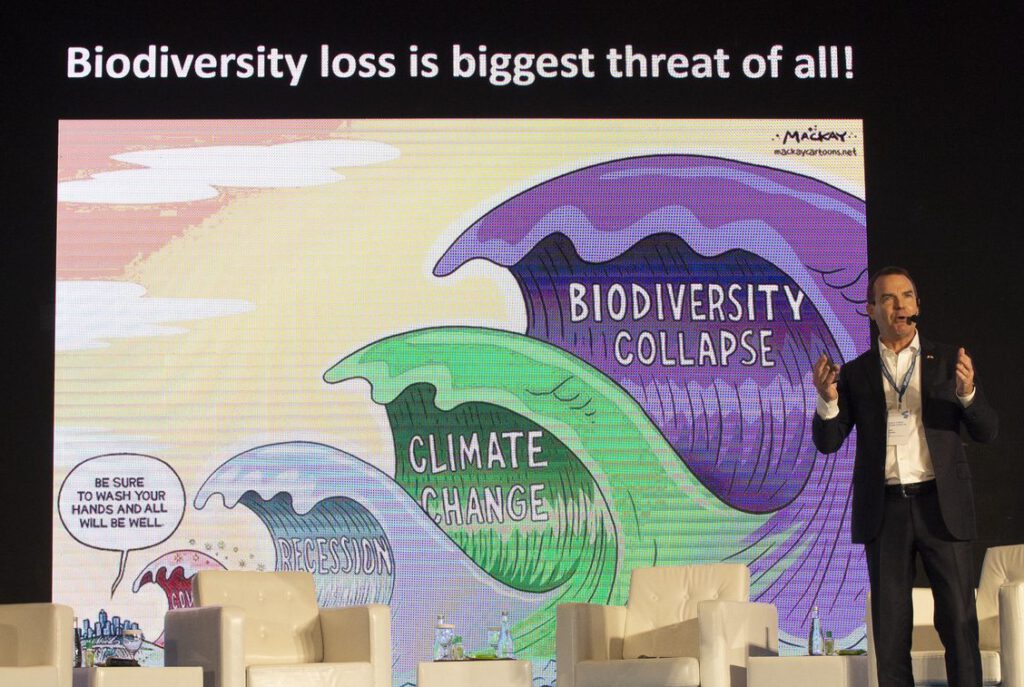
Driving critical progress for conservation in support of biodiversity ensuring ecological, social, and financial equity globally and nationally, through his various roles as a leader in the environment and sustainable development fields and his passion for culture John Scanlon is helping to grow conservation footprint internationally and in particular on the African Continent.
John, You have driven critical progress for conservation globally and nationally, through your various roles as a leader in the environment and sustainable development fields.
Q1. Please tell our readers more about CITES and your stewardship with them during your presidency.
First a little about CITES, the Convention on International Trade in Endangered Species of Wild Fauna and Flora. It is a global legally binding agreement signed by 184 countries, which currently regulates international trade in about 38,000 species of wild animals and plants. Its objective is to ensure any trade does not threaten their survival.
CITES prohibits commercial trade in those species thatare already threatened with extinction, for example elephants, tigers and pangolins, while it strictly regulates the trade in other species, such as various crocodiles, sharks and rosewood.
I was fortunate to have the opportunity to lead the CITES Secretariat as Secretary-General from 2010-2018. It was a very active period for the Convention, a time when we saw the level of political attention, public interest, funding, partnerships and outreach attain new heights.
Of particular note, we drew international attention to the serious threats to wild animals and plants, as well as to people, their livelihoods and security, from the industrial scale poaching of, and smuggling in, wildlife. This was being driven by transnational organized criminal groups, and on some occasions by rebel militia and rogue elements of national militaries. An estimated 100,000 African elephants were poached for their ivory between 2010-2012.
At the same time, we developed a livelihoods programme, to showcase the array of sustainable uses of wildlife that also benefits people.
We increased the political recognition of CITES in many ways. We actively engaged with countries to have 3 March proclaimed as UN World Wildlife Day, this being the date CITES was signed in Washington DC in 1973. Thailand initiated this effort in 2013, with our support, and the first celebration of UN World Wildlife Day was in 2014.
We increased the number of Parties to CITES from 175 countries to 183, raised more funding for tackling issuesconcerning wildlife trade, and embraced modern technology to both regulate legal trade and combat illegal trade. We forged many new partnerships, including with the International Air Transport Association, International Consortium on Combatting Wildlife Crime, International Fragrance Association, World Travel and Tourism Council, United for Wildlife and the World Organization for Animal Health.
Of particular note during this time was the inclusion under CITES trade controls of many high-value timber species, commercially harvested shark species and rays. These were major breakthroughs, and we are now seeing additional marine and timber species being brought under CITES trade controls to ensure they are not overexploited.
As CITES 5th Secretary-General, and the first from Australia, I was proud to leave the Convention and its Secretariat in a very strong position.
Not everyone is taking into consideration the materials used to make certain artworks and furniture, particularly materials that come from animals. Certain objects can’t be moved because they are CITES-listed commodities. Ivory, corals, crocodile skin and rosewood are amongst some 36,000 species governed by an international convention meaning they can’t be traded at will. CITES licence is required when transporting such objects across borders.
Q2. Can you share any stories or incidents when it comes to art and wildlife ? Or illicit antiques trafficking?
Art is a wonderful medium for making an emotional connection to wildlife – by capturing the majesty of wildlife, as well as its tragic abuse. Art and antiques can also, on occasion, include wildlife parts, such as in ornaments, musical instruments, or sculpture.
Antiques are also trafficked, and a global convention exists to help tackle certain illicit activities, known as the UNESCO 1970 Convention on the fight against illicit trafficking of cultural property. The law is not always totally clear, and some of these issues have a deep historical context, as is captured in the wonderful book, Loot, by Barnaby Phillips, on Britain and the Benin Bronzes.
Europe is reportedly the largest exporter of art and antiquities, and the second largest importer. While most of the estimated USD 14.6 billion European trade is licit or “clean”, it also falls victim to illicit activities being driven by organised crime. It is pleasing to see collective efforts are underway to ramp up fight against illicit trafficking of cultural objects.
For example, a global operation led by EUROPOL in 2021that targeted illicit trafficking in cultural goods led to 52 arrests and the seizure of 9,408 cultural artefacts. These priceless items included archaeological objects, furniture, coins, paintings, musical instruments and statuettes.
Serious wildlife crime is organised, transnational, is fuelled by corruption, and has a devastating impact on wildlife, local communities, national economies, security, public health and entire ecosystems, including their ability to sequester carbon.
Q3. Despite the severe impacts of such crimes, there is not a global agreement on wildlife crime and existing wildlife trade laws are not adequately complied with or enforced. How can this or is already changed ? Any new laws in the making?
Reports from IPBES, UNEP, UNODC, the World Bank, amongst others, graphically describe the severe environmental consequences of wildlife crime, for our climate, ecosystems, wild animals and plants, as well as for human and animal health. But the damage goes deeper than that; we know these crimes involve the theft of vital natural resources from local and indigenous communities, they discourage legitimate investors, and undermine the governments of source countries – and they do this by depriving them of revenue, fuelling corruption, destroying livelihoods, injuring and killing rangers, and creating national and regional instability. The World Bank estimates the total costs of these crimes at a staggering $1-2 trillion each year.
There are many things that need to happen if we are to seriously tackle wildlife trafficking – this includes addressing both demand and supply, working across source, transit and destination countries, building the capacity of the criminal justice system in each country, and having in place sound national and international laws.
Tackling these crimes demands high levels of cooperation at national and international levels. For some time now, I have worked to help galvanise support amongst countries, law enforcement agencies, and others, to combat and prevent wildlife crime.
During my term as CITES Secretary General, I was directly involved in multiple collective efforts to achieve this objective, including establishing, institutionalising and attracting resources for the International Consortium to Combat Wildlife Crime (ICCWC) – which I chaired for its first eight years.
I mention this because, I have seen for myself the progress we have made through heightened international cooperation and national action. These endeavours have resulted in greater attention and resources being dedicated to these issues, which is encouraging.
But it’s equally clear that these gains are both insufficient and fragile. Notwithstanding our efforts, we are still nowhere near ending wildlife crime. Instead, we see these crimes continue to escalate against a backdrop of rapidly changing environmental, human health, and security challenges.
Just look at the plight of the pangolin for example: despite being given what is called ‘the highest level of protection under CITES’, poaching and trafficking has reached record levels, with thousands of these amazing animals continuing to be illicitly taken, trafficked and consumed.
And just three months ago park rangers were tragically killed in an ambush in W National Park, Benin. Horrific incidents like these are happening far too often.
We must better tackle the demand and the trafficking to relieve the pressure on our brave rangers who are serving in the front lines, and this will require much deeper international cooperation and national action, in source, transit and destination countries.
There comes a point when one must recognise that what is being done is not enough. Our current framework is not fit for purpose in addressing today’s global environmental realities, especially as it relates to the scourge of wildlife crime.
And we must address all species that are being trafficked, not only the 38,000 species listed under CITES, being just 0.5% of the world’s eight million species. The UN World Wildlife Crime Report notes that “millions of species” that are not listed by CITES may be illegally harvested and traded, especially timber and fish.
It makes no sense to only pay attention to a limited number of species that are typically already threatened with extinction. We need to intervene early to stop a species getting to the point of being endangered!
There are many disparate, non-binding Resolutions, and initiatives, in this area. They are all important in their own right, but they are not legally binding, and have not generated the level of political support, or the necessary financial or human resources, or national action that is required to end wildlife crime.
There is no global overarching agreement on preventing and combating wildlife trafficking and no institution thatcan advance cooperative efforts to combat and prevent wildlife crime, or review the progress made.
It is for these reasons that there have been calls for a new international legal agreement on wildlife crime – an agreement taking the form of an additional Protocol under the UN Convention against Transnational Organised Crime, on combating and preventing the illicit trafficking of wildlife, as has been called for recently by the Presidents of Angola, Costa Rica, Gabon and Malawi.
In May of this year, the UN Crime Commission adopted, by consensus, a ground breaking Resolution on “Strengthening the international legal framework for international cooperation to prevent and combat illicit trafficking in wildlife”.
This Resolution, submitted by Angola, Kenya and Peru, invites Member States to “provide the United Nations Office on Drugs and Crime with their views on possible responses, including the potential of an additional Protocol to the United Nations Convention against Transnational Organized Crime, to address any gaps that may exist in the current international legal framework to prevent and combat illicit trafficking in wildlife”.
This is the first time that a UN resolution has mentioned a potential new global agreement on tackling illicit wildlife trafficking. The resolution also invites Member States to share their “experiences, good practices and challenges when preventing and combating illicit trafficking in wildlife, and their national legislation in this sphere”. This historic Resolution was co-sponsored by 12 other Member States, namely Colombia, Ecuador, Egypt, Gabon, Ghana, Honduras, Malawi, Morocco, Mozambique, Paraguay, Philippines and the United States of America.
Q4. How can massacres like the recent one in Faroe Islands ( whales ) be stopped?
What is happening on the Faroe Islands is not addressed through international law, and is legal under national laws. It raises some serious animal welfare concerns but such issues have not yet found their way into international law. There are many issues regarding the treatment of wild animals that elicit different responses, depending on one’s perspective, including traditional practices. Such issues sometimes do, and sometimes do not, include conservation issues.
While we have many international agreements on environmental issues, from biodiversity to climate to chemicals, and are seeing the development of new agreements, such as on plastic pollution, we do not yet have any global agreement on animal welfare, or animal rights.
These are issues that generate a lot of attention, such as we saw quite recently with Freya the walrus in Norway. For now, the resolution of such issues remains a matter for the countries concerned.
Q5. Who is your favorite artist and which museum have you been to recently?
I’m currently based just outside of Geneva, and the museum I visited most recently was with the kids, the Muséum d’histoire naturelle. My favourite artist is a tough question, but I’ll give you the name of one who captured my imagination as a young boy growing up in Australia, Sidney Nolan, and in particular his painting of ‘Death of Constable Scanlon’ as a part of his Ned Kelly series!
Q6. What does sustainability mean to you.
There are three dimensions to sustainability;environmental, economic and social. Sustainability to me is about balance, harmony, inclusion, justice and respect. It is ultimately about people, you and me, and how we can find a pathway that enables us to live in harmony withnature.
Q7. Predicting the role of art in society, alongside the rapid growth of technology and AI It is not possible to substitute for the real tactile presence of art, although there are some pieces of art which have been made deliberately as a digital medium.
How has the new technologies impacted / facilitated the wildlife protection?
If deployed well, modern technology can be a game changer, whether through monitoring the location of elephants in real time with modern collars, trackingcommercial fishing activity through advances in satellite technology, deploying modern forensics to identify and determine the age and origin of specimens, the use of artificial intelligence to detect contraband through airport scanners – or using drones for aerial surveillance, scanners for shipping containers, mobile phones for listening to the forest, electronic permitting for more secure wildlife trade, and much more. And let’s not forget nature’s own technology: the dog and its amazing sense of smell!
One particular issue I spent some time on while serving as Secretary-General of CITES is moving away from paper permitting. Paper permits are open to corruption and fraud. We took steps to move towards electronic permitting, which can help eliminate corruption, and facilitate the detection of illegal trade. We promoted eCITES to fully automate the CITES business and control processes and to promote end-to-end transparency. We also championed trade traceability issues, which is of increasing interest to government, industry and consumers, including through the possible application of Blockchain technology.
Q8. Which photographer capturing elephants is your favorite?
There are many wonderful wildlife photographers, too many to mention, but there is someone I met quite by accident on a long-haul flight departing Nairobi, Kenya several years ago who has a deep passion for elephantsand wildlife conservation, which she captures so brilliantly in her images. She also invests back into wildlife conservation. Her name is Jessica Tingley founder of the BeholdHer Foundation.
Thank you John for our joined interview and for your unparalleled advocacy and support for the wildlife and environment conservation. We look forward to your new projects!
